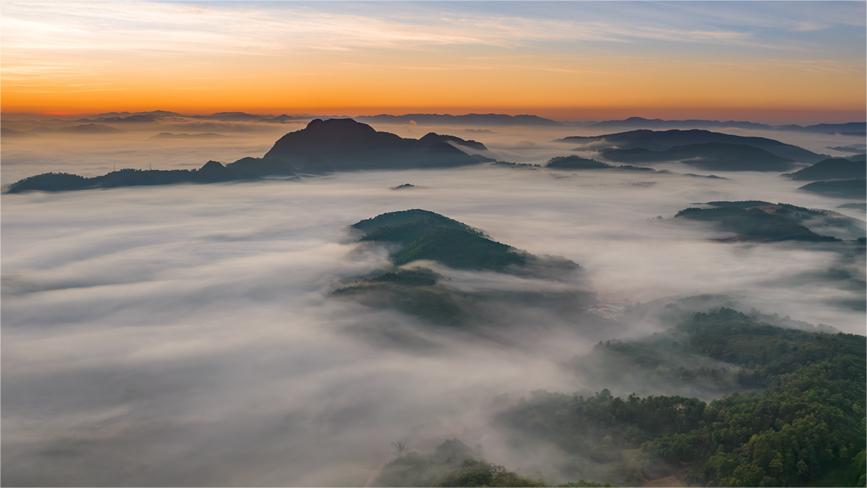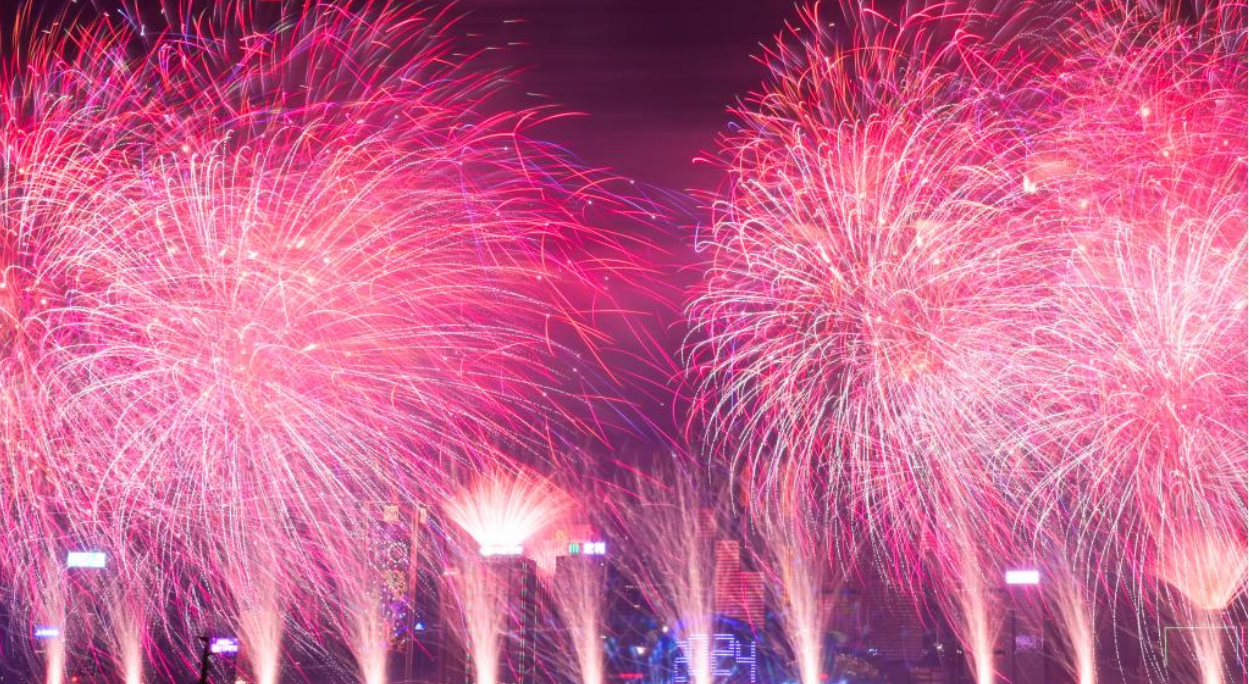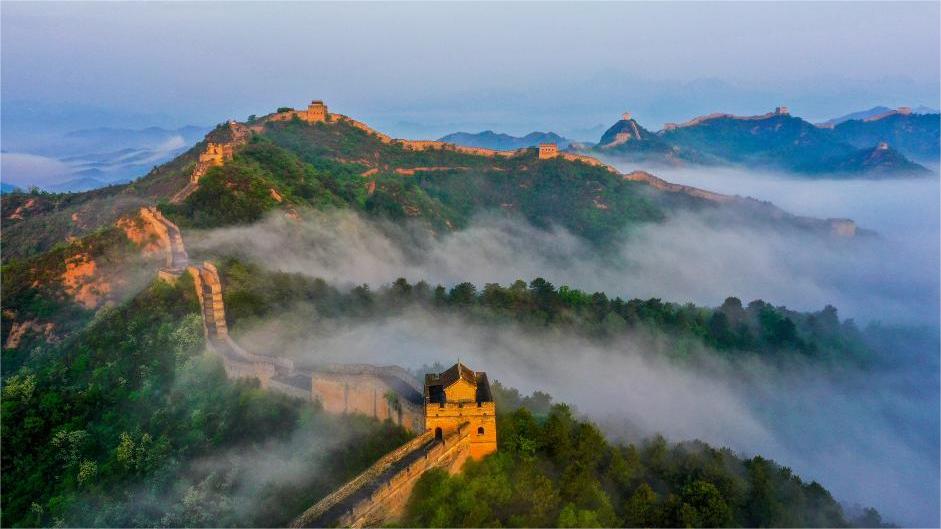Art reshapes rural scene in SW China village
CHONGQING, Jan. 3 (Xinhua) -- Jiangjun Village, located in the green hills of Bishan District, in southwest China's Chongqing Municipality, was once a dreary place during winter, plagued by poverty and a dwindling population. However, the winter scene is much brighter these days, thanks to an injection of tourism and artistic facilities that have given this little village a new lease of life.
Art galleries, museums, theaters and homestays can now be found nestling among the small cottages, while pigsties and cowsheds have been converted into western-style restaurants and teahouses.
In 2021, the local government, Sichuan Fine Arts Institute and several other institutions established an artist rural construction pilot project centred on a dilapidated village courtyard called "Lotus Cave." The project involved the building of 10 core art areas, aiming to integrate the new artistic facilities with the local living environment, village culture and local characteristics.
When the project was first launched, Lotus Cave was very run down, consisting of a collection of residential buildings in a poor state of repair, many of them empty.
"The total population here is 151 people, but only 21 people live here permanently, and most of them are the elderly and left-behind children," said Su Chenghong, the first secretary of the village Party committee. "Seven of the 24 buildings are in a dilapidated condition, and most of the remaining habitable brick houses are empty."
However, according to Su, the Lotus Cave courtyard has been largely transformed by the hard work of artists and local villagers.
The art museum in the center of the village used to be a dilapidated house with collapsed structures and overgrown with weeds, according to villagers. During the renovation work, the original building frame was restored and part of the adobe wall was preserved.
Villager Gan Xiaxue, 50, worked in a leather-shoe factory for nearly 30 years. With the completion of the art courtyard, she chose to stay in her hometown and use her existing skills to become a leather artist.
She now divides her time between making leather handicrafts for the tourists and working as a barista at the new coffee shop.
"I used to be reluctant to buy bags, so I often made leather waste into various bags and pendants. Artists who came to the village encouraged me to combine this craft with art and make leather crafts for sale," said Gan.
"Now I work at home, earning nearly 50,000 yuan (about 7,042 U.S. dollars) a year, which is stable and reassuring," Gan added.
More and more exhibitions and art activities are being held at the Lotus Cave these days, attracting tourists from far afield. Gan said that the new injection of life has also tempted many villagers who moved away to come and take a look.
"Many people can't believe that plays and exhibitions normally only found in big cities can be seen in our hometown, and everyone is very happy," Gan said.
According to Su, the project has brought villagers and artists together to give Jiangjun Village an injection of creative energy.
"Many villagers used to think that art was far away from them. Now, everyone can not only appreciate but also participate in art activities," Su said.
Photos
Related Stories
Copyright © 2024 People's Daily Online. All Rights Reserved.









